Get Involved: Supporting NSLP for a Healthier, More Equitable Future
National School Lunch Program (NSLP): Fueling the Future
Advertisement
The National School Lunch Program (NSLP) is a federal program that provides free or reduced-price meals to students from low-income families. Schools participating in NSLP must offer healthy and balanced meals that meet specific nutritional guidelines. The program serves as a vital resource for families in need, helping to ensure that all students have access to healthy meals during the school day.
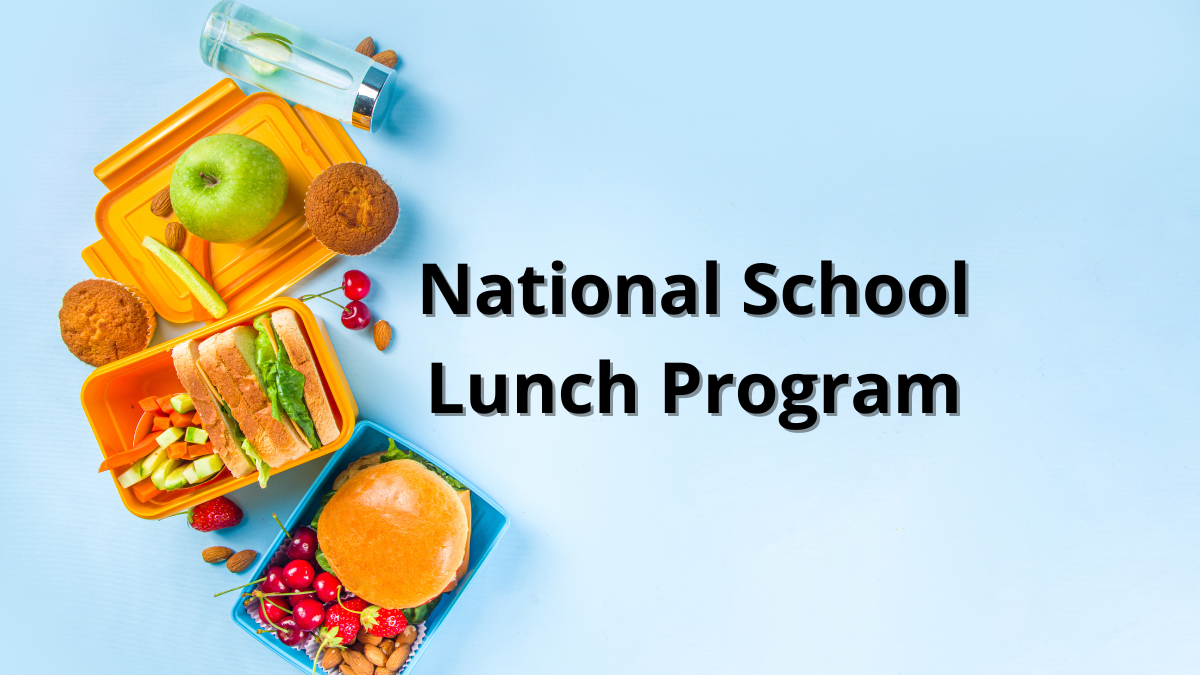
The National School Lunch Program (NSLP) is a federal program that provides free or reduced-price meals to students from low-income families. Schools participating in NSLP must offer healthy and balanced meals that meet specific nutritional guidelines. The program serves as a vital resource for families in need, helping to ensure that all students have access to healthy meals during the school day.
You will remain in the same website
The National School Lunch Program (NSLP) is ideal for ensuring better student health. See the main benefits:
You will remain in the same website
You will be redirected to another website
You’ll receive messages for less than 1 week, with a maximum of 1 message per day. You can unsubscribe anytime by replying STOP. By submitting this form, I confirm that I am 18+ years old and agree to the Privacy Policy and Terms and Conditions. I also provide my signature, giving express consent to receive informational messages via automated emails, SMS, MMS text messages, and other forms of communication. Message frequency may vary as part of our good-faith effort to respond to your inquiry. Message and data rates may apply. Text STOP to cancel. I understand that my consent to receive communications is not a condition of purchase and that I may revoke my consent at any time.
Established by President Harry Truman in 1946, the National School Lunch Program (NSLP) remains a pivotal initiative in the U.S., aiming to provide nutritious school meals at reduced or no cost to eligible students.
Beyond merely serving meals, NSLP seeks to combat hunger, bolster academic achievement, and foster long-term healthy habits among the nation’s youth.
Benefits:
- Nutritional Guarantee: NSLP mandates adherence to dietary guidelines ensuring that students receive balanced, nutrient-rich meals essential for growth and cognitive development.
- Improved Academic Performance: Regular access to nutritious food has been linked to enhanced concentration, better academic outcomes, and a reduction in absenteeism among students.
- Economic Relief for Families: For families facing economic hardship, NSLP serves as a vital safety net, ensuring their children receive at least one hearty meal during school days.
- Promotion of Healthy Habits: Exposure to a variety of wholesome foods encourages students to adopt better eating habits, laying the groundwork for a healthier adulthood.
- Support for Local Agriculture: Many schools, under the 'Farm to School' initiative, source local produce for their lunch programs, thus supporting local farmers and ensuring fresh ingredients.
- Equity in Education: By leveling the playing field, NSLP ensures that no student is disadvantaged in their education due to hunger or nutritional deficiency.
- Reduced Health Disparities: Regular intake of nutritious meals can lead to a decrease in childhood obesity rates, diabetes, and other diet-related diseases, contributing to a healthier future generation.
- Boost in School Participation: Schools participating in NSLP often see increased enrollment and attendance rates, as meals act as an incentive for many families.
In synthesizing the profound benefits of the NSLP, it's apparent that the program’s impact goes beyond the cafeteria tray.
The NSLP doesn't just address immediate nutritional needs; it shapes societal health, academic vigor, and economic well-being. In essence, it's an investment in the nation's future, one lunch at a time.
The National School Lunch Program (NSLP) is a federal program that provides free or reduced-cost lunches to eligible students in public and private schools. The program was established in 1946 to address child malnutrition and has since expanded to include breakfast and after-school snacks in addition to lunch. NSLP is administered by the United States Department of Agriculture (USDA) and serves over 30 million children daily in more than 100,000 schools nationwide.
Schools participating in NSLP must offer meals that meet specific nutritional guidelines set by the USDA. These guidelines include requirements for minimum and maximum calorie intake and recommendations for servings of fruits, vegetables, whole grains, and lean protein sources. The guidelines also limit the amounts of saturated and trans fats, sodium, and added sugars in school meals. In recent years, NSLP has been working to improve the quality of meals offered to students, focusing on increasing the availability of fresh fruits and vegetables, whole grains, and lean protein sources.
NSLP benefits students by providing regular access to healthy and nutritious meals during the school day. This can help reduce food insecurity and improve overall health, which can, in turn, have positive impacts on academic performance. Studies have shown that students who participate in NSLP are more likely to consume a healthy diet, have better attendance rates, and perform better on tests than students who do not. Additionally, NSLP can help level the playing field for students from low-income families, who may otherwise be disadvantaged due to a lack of access to healthy food options.
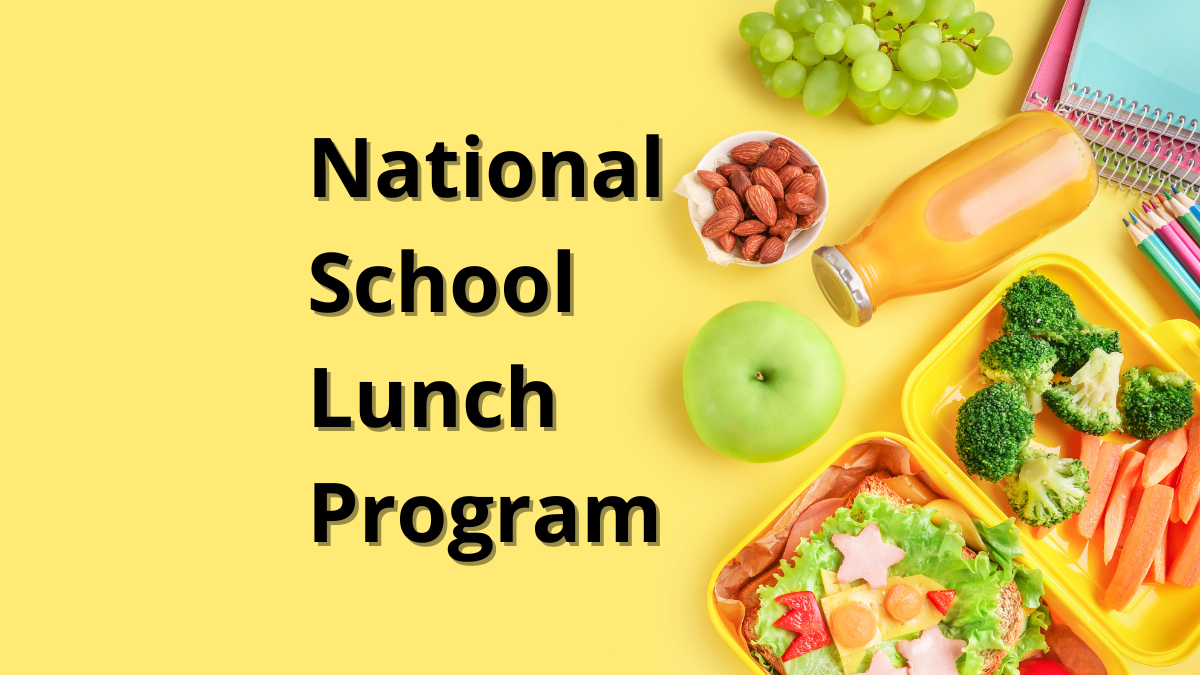
National School Lunch Program: see how to apply
Learn how to apply to the National School Lunch Program and get your children nutritious meals. Learn more now!
Another important student health program is the Children's Health Insurance Program (CHIP). Learn how to apply and qualify for dentist visits, prescriptions, and more.
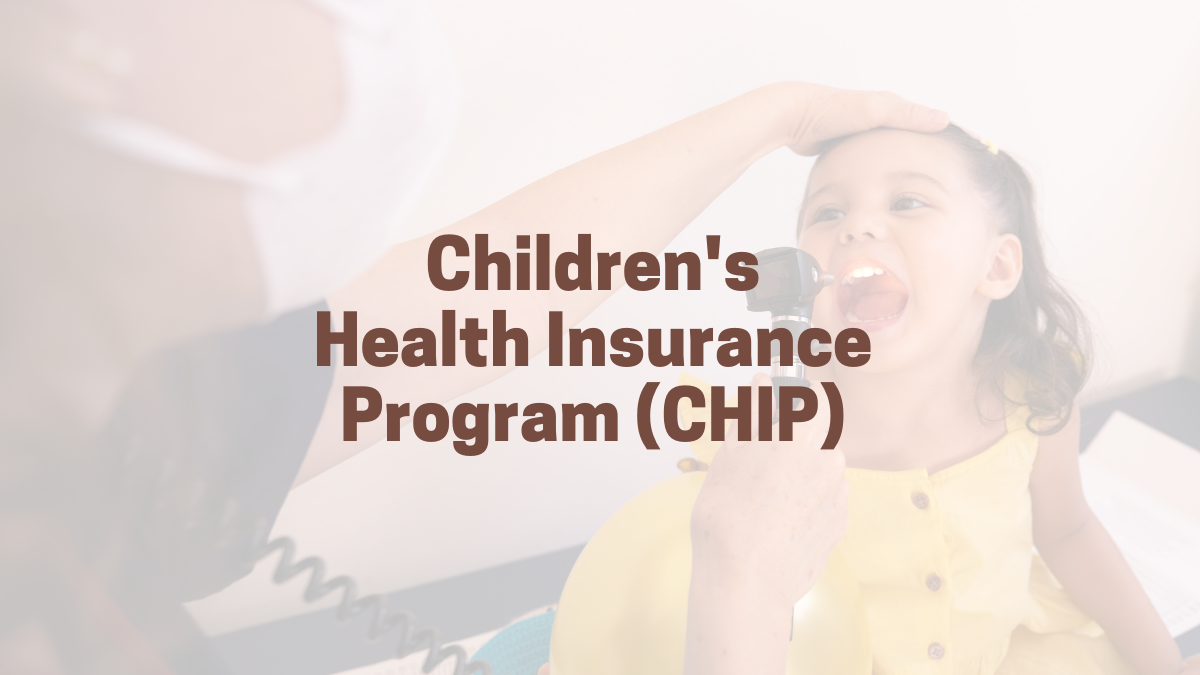
How to apply for CHIP
A detailed description of how to apply for the Children's Health Insurance Program. Find out more here!
Trending Topics
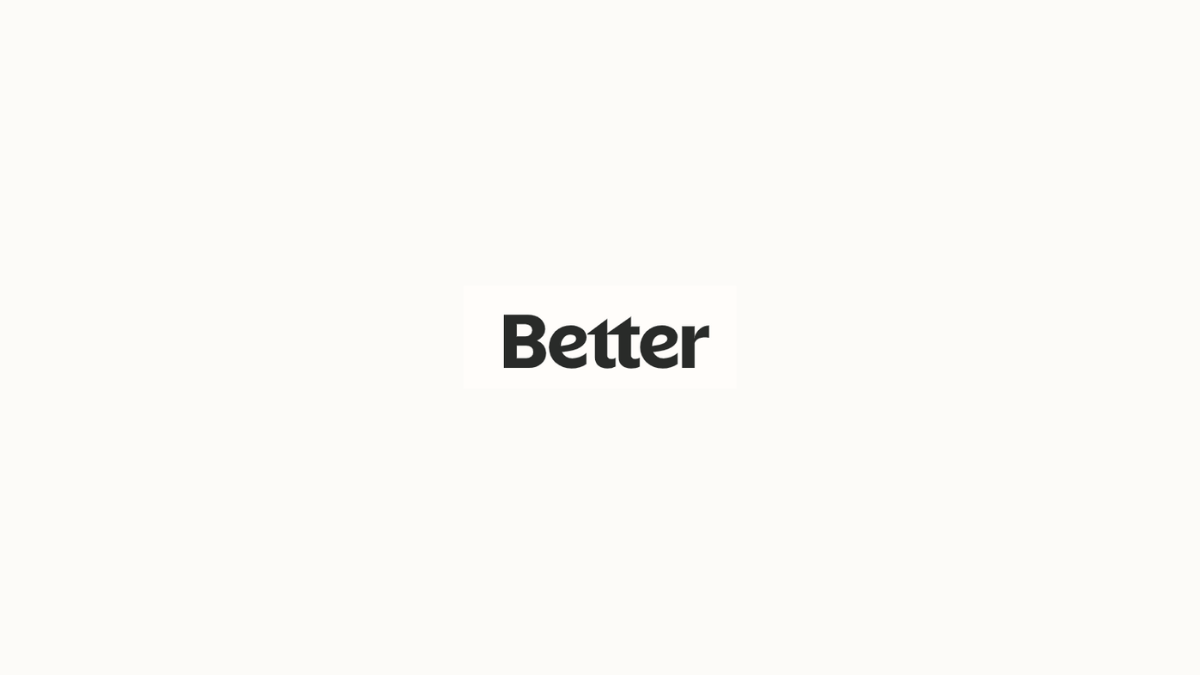
Learn to apply easily for Better Mortgage
Do you want to apply for Better Mortgage but don't know how? This post will help you to understand it step-by-step. Read on!
Keep Reading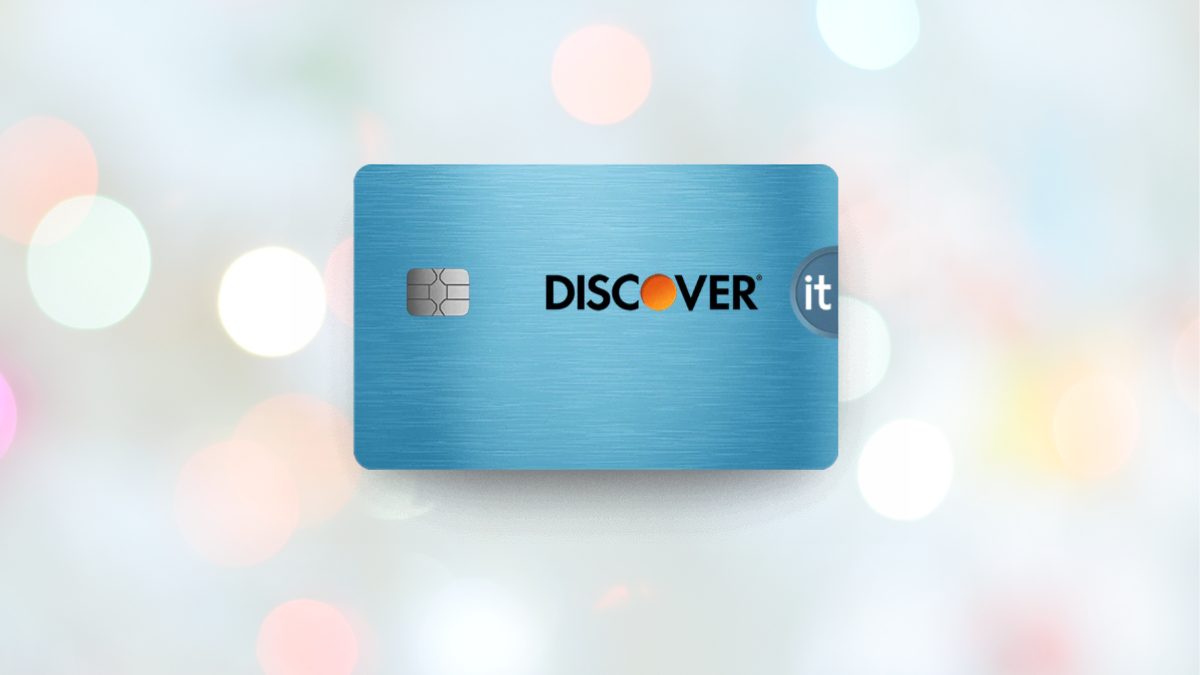
Discover it® Balance Transfer Credit Card application: how does it work?
Get the lowdown on how to apply for Discover it® Balance Transfer Credit Card! Enjoy 0% intro APR and more! Keep reading!
Keep Reading
Discover it® Miles Credit Card review: Earn miles on purchases
Check out the Discover it® Miles Credit Card review. Earn miles for every dollar spent and pay no annual fee! Read on for more information!
Keep ReadingYou may also like

First Phase Visa® Card review
The First Phase Visa® Card review is about a credit card designed to repair credit. If you find yourself in this situation, keep reading!
Keep Reading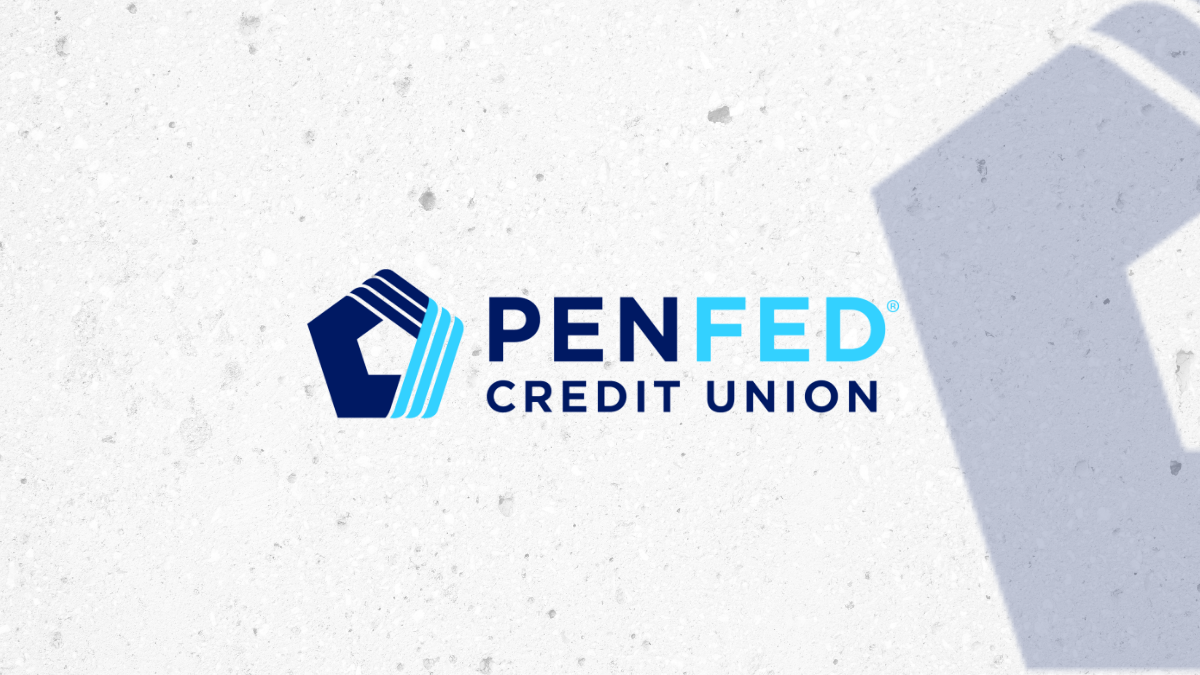
Learn to apply easily for the PenFed Mortgage
How to apply for PenFed mortgages? Follow these 5 steps! Choose from a variety of loan products! Enjoy closing-cost credits!
Keep Reading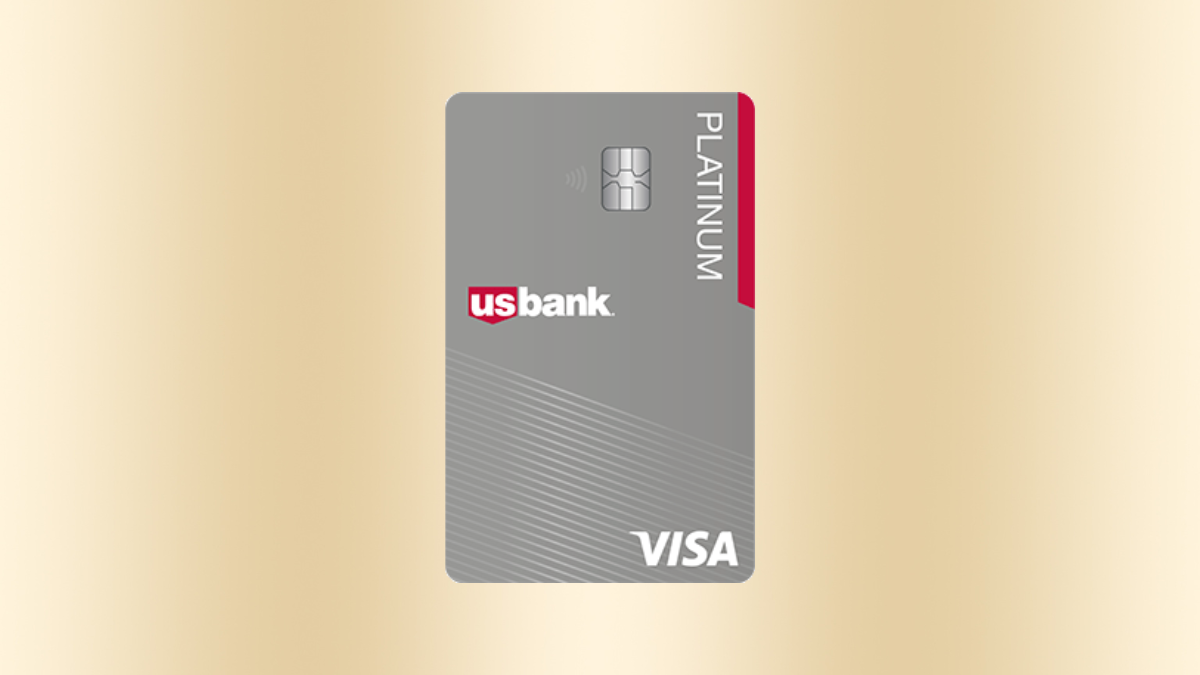
No annual fee: Apply for U.S. Bank Visa® Platinum Card
Get the step-by-step process to apply for the U.S. Bank Visa® Platinum Card! Instant decision! Enjoy an intro APR!
Keep Reading